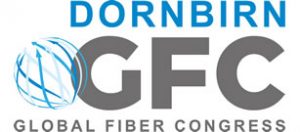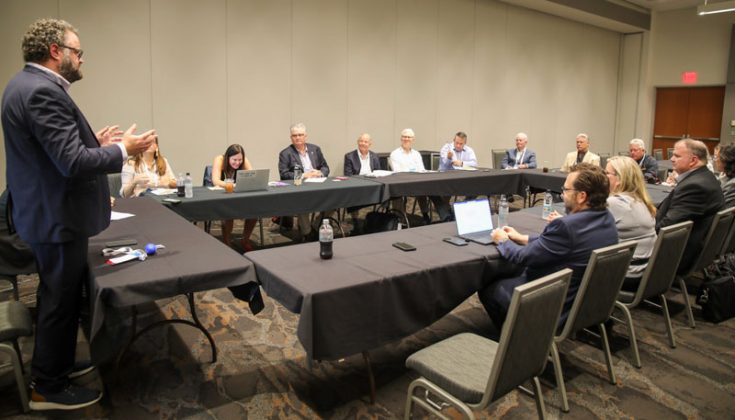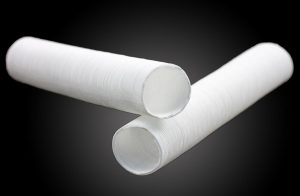 TASHKENT, Uzbekistan —August 28, 2024 — The ITMF Annual Conference and IAF World Fashion Convention, the largest international textile and fashion event, has announced its business program. The event will be held in Samarkand from September 8-10, 2024.
TASHKENT, Uzbekistan —August 28, 2024 — The ITMF Annual Conference and IAF World Fashion Convention, the largest international textile and fashion event, has announced its business program. The event will be held in Samarkand from September 8-10, 2024.
The conference, titled “Innovation, Cooperation, and Regulation — Driving Forces of the Textile and Apparel Industry,” will highlight the world’s most pressing issues and trends in the global textile industry through expert discussions and multiple panel sessions.
![]() The event, organized in cooperation with the Uztextileprom Association, will bring together over 500 industry professionals, including representatives of leading international textile companies, brands, financial institutions, and retailers.
The event, organized in cooperation with the Uztextileprom Association, will bring together over 500 industry professionals, including representatives of leading international textile companies, brands, financial institutions, and retailers.
The first day will be devoted to fibers, with the production and processing of raw cotton at the core of the discussion. During the panel, experts from Indorama Corp. (Singapore), Global Textile (Uzbekistan), and Cotton Analytics (USA) will discuss the path of cotton from field to fashion, as well as Uzbekistan’s journey from tradition to innovation and the changes that have occurred in the global cotton industry over the past 50 years. The second part will focus on man-made fiber production and the scarcity of natural materials in the global textile industry.
The second and main day of the conference will address a wide range of topical issues and global trends. Euratex (Belgium) will present the EU Strategy for Sustainable Textiles and prospects for international cooperation, while Steve Lamar from the American Apparel and Footwear Association (AAFA, USA) will highlight the regulatory outlook in the United States. The emphasis will be on digitalization, the role of Artificial Intelligence (AI) in the textile production chain, and addressing the skills shortage in the textile industry. Participants will discuss digital labeling with AAFA (USA) and the digitalization of distribution with Christian Lott from DMIx (Germany). Additionally, the role of AI in resolving the skills shortage in the textile industry will be covered during this session. The second day will conclude with a vibrant light and fashion show at the Registan Complex.
The joint conference will conclude with the ITMF Awards and ITMF Start-up Award ceremony, recognizing outstanding achievements and start-ups in the global textile industry. The final session on collaboration will bring together representatives from Inditex (Spain), Epic Group (Hong Kong, China), and the International Finance Corporation (IFC) to discuss the future of sustainability and waste reduction measures.
At the end of the business agenda, delegates will enjoy a rich cultural program, including visits to local textile factories and the ancient city of Bukhara, one of the key hubs of the Great Silk Road.
As a follow-up to the international dialogue of textile industry leaders, the Global Textile Dialog forum will be held in Tashkent on September 13, 2024, where local and international organizations will gather again.To register for the event and get more information, please visit the website.
Posted: August 28, 2024
Source: The International Textile Manufacturers Federation (ITMF) / The International Apparel Federation (IAF)





















